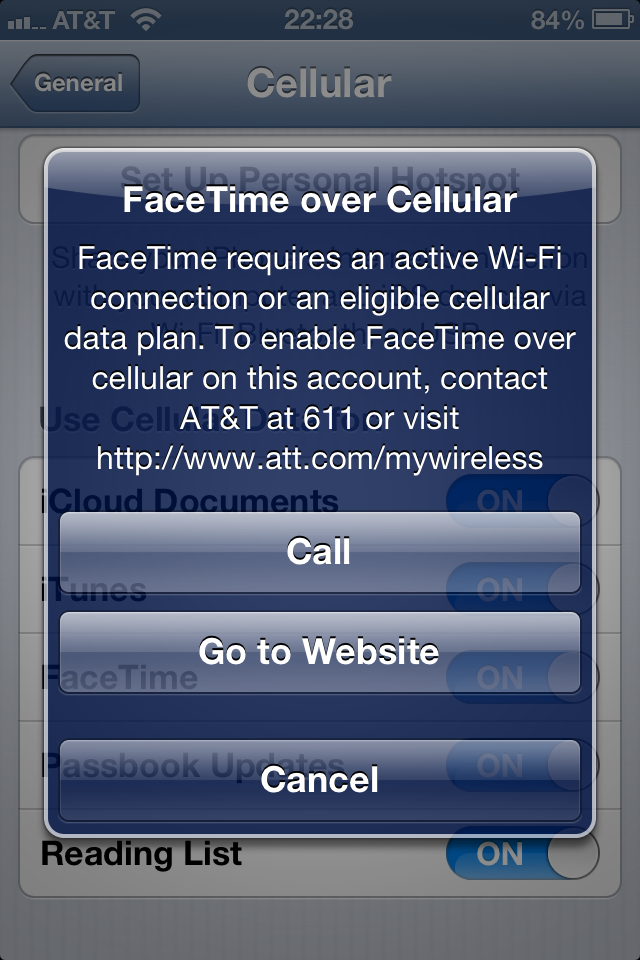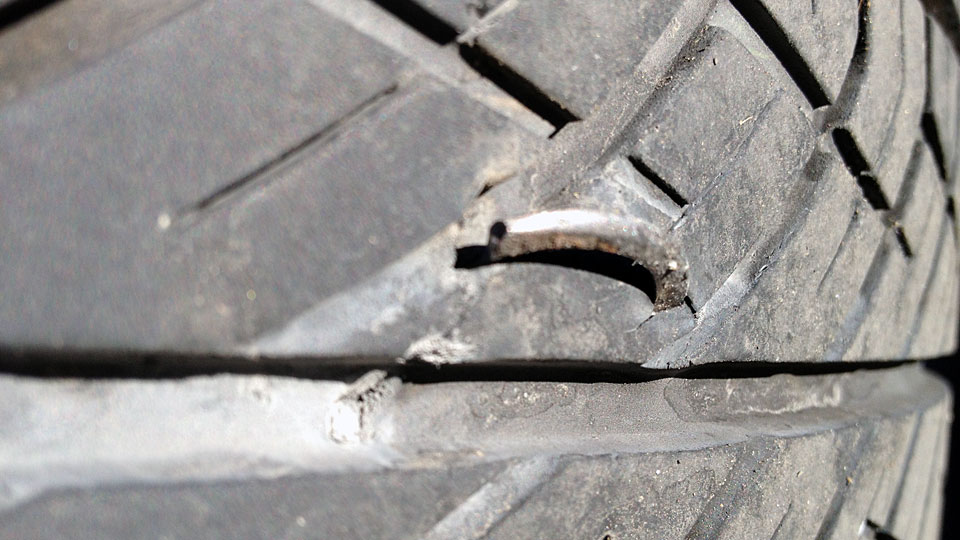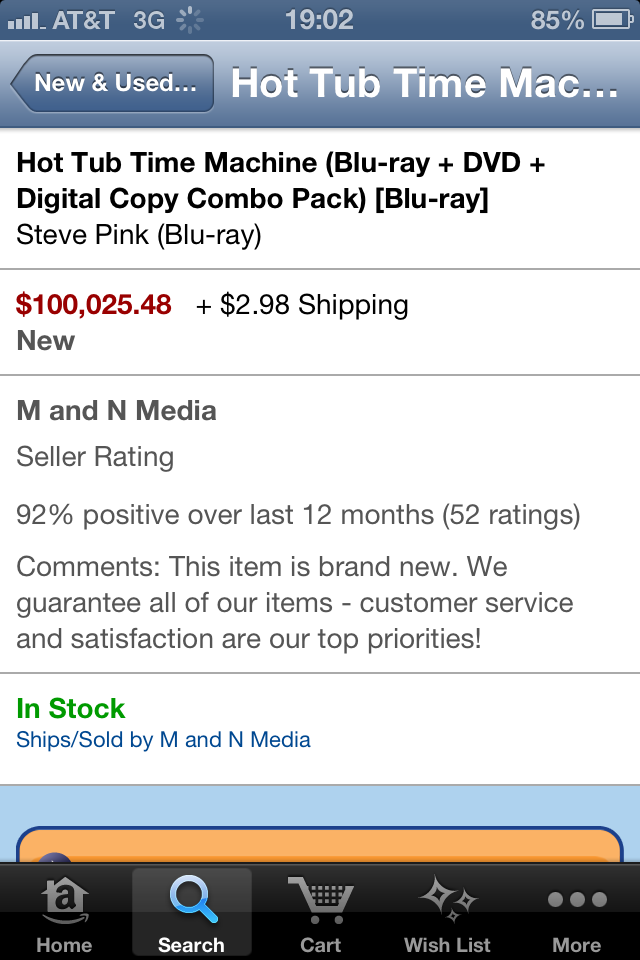On the road for an assignment, and we have a flat tire. Something punctured the tire. Waiting for the repair to finish.
Confirmed: Ars Technica-employed journalist comes up with sensationalistic headline.
If you’re whoring for page-hits, then you should come up with sensationalistic headlines. Ars Technica-employed journalist, Dan Goodin knows exactly how to do that.
Confirmed: Apple-owned fingerprint software exposes Windows passwords
Bra-effin’-vo! Add Apple in the headline and wait for the page-hits to increase at an alarming rate.
The headlines is not inaccurate because AuthenTec revealed that they were acquired by Apple Inc. on July 26, 2012. The problem with the headline is that Apple had nothing to do with the vulnerable software. It is not a quality headline anyone would expect from someone who graduated from UC Berkeley with Masters of Journalism degree. It is a type of headline one would expect from TMZ or National Enquirer.
What kind of headlines this Ars Technica-employed journalist can come up with next?
“HP CEO acquired Skype for eBay”
This is ironic…….
You have only one function, OtterBox Defender!
A colleague told me that her iPhone 4S screen was cracked, even though it was “protected” with OtterBox Defender Series case. Basically the “robust, 3-layer protection withstands drops, bumps and shocks” that come with the OtterBox Defender don’t really do anything. What’s the point of spending $50 for a case that only promises to protect your phone?

From OtterBox iPhone 4 / 4S Defender Series Case product page:
The iPhone 4S is everything we were hoping for and more! The Assistant “Siri” alone is totally worth protecting. Thank goodness OtterBox has an iPhone 4S Case in our Defender Series ready to keep her safe. This rugged iPhone 4S case provides heavy duty protection from rough treatment in the worst environments. Our Defender Series iPhone 4S Case defends against drops, dust and damage without taking away from the interaction of the iPhone’s features. The iPhone 4S Defender Series Case offers triple-layer protection and is built from a high-impact polycarbonate shell, durable silicone and a built-in screen protector, making it one of the toughest iPhone 4S Cases out there. Why else do you think we called it the Defender Series? Be sure to check out all our color options for stylish protection that are bound to make your friends jealous.
An iPhone 4S with OtterBox Defencer Series Case cracked after a 2-ft accidental drop, face first. Obviously OtterBox Defender Series Case fails its primary function.
If OtterBox really confident and would stand by its product, then the damaged iPhone 4S should be covered under warranty also.
So what is the real purpose of OtterBox case?
Response from OtterBox via Twitter:
OtterBox @OtterBox @iveryam The case offers added protection, unfortunately we can't control every situation. Email socialmediacs@otterbox.com w/ ?'s 09:45 AM - 19 Sep 12
——-
Take a look at Belkin and its warranty statement for its Compact Surge Protector. It has one function: protecting connected equipments from damages caused by power surges. surge protector has one primary function: to protect equipments from damages caused by power surges. Take one example: Belkin Compact Surge Protector. One of this product feature is that it comes with a $200,000 Connected Equipment Warranty. Should the Surge Protector failed to perform its main function, Belkin covers up to $200,000 of the cost to repair/replace any equipments connected to the product.

Yet another reason to ditch AT&T: FaceTime over Cellular restriction.
At time of this post, AT&T will only allow FaceTime over Cellular if customer subscribed to Mobile Share data plans. AT&T is restricting the use of FaceTime over Cellular network unless you pay more. In the mean time, other video communication apps such as Skype are not restricted.

Following the iPhone 5 announcement, Verizon and Sprint will allow FaceTime over Cellular on any data plans. It is time to ditch AT&T and take our business to Verizon or Sprint.

Yelp is so wrong, unless they are being sarcastic.
Unless Yelp is being sarcastic, then Yelp is so wrong.
We are so happy to know that that Venereal Disease of a so called show is cancelled. Now how about putting all the douchebag casts out of jobs?

At least they should pay for shipping and handling.
Seriously, this particular seller on Amazon.com (M and N Media) dares to charge $2.98 for shipping and handling; considering how much I would pay for the Blu-ray/DVD pack. For that much money, I can get several Hot Tub Time Machines, that can travel only forward in time.




